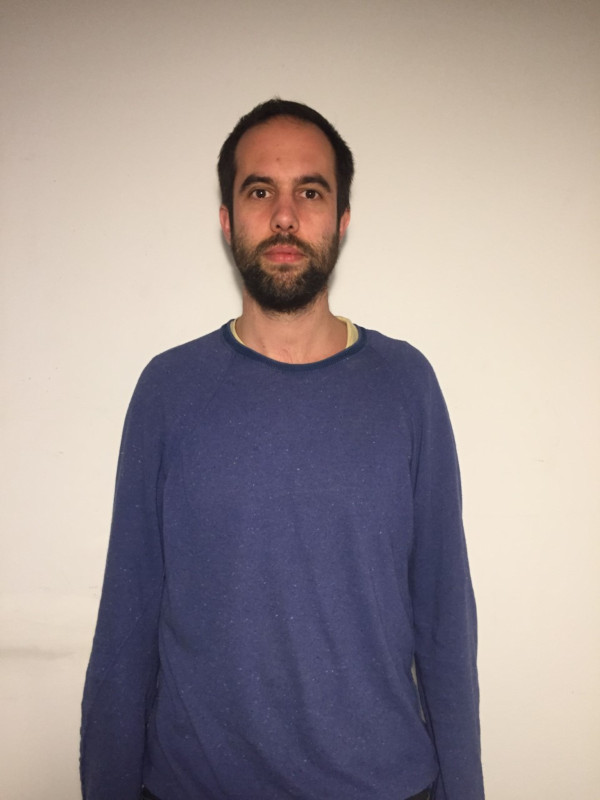
While browsing as well as reading posts and newsletters of musicians I have been following for some time, I discovered the website of SMEM (Swiss Museum for Electronic Music Instruments), a Swiss institution devoted to the conservation and employment of a huge collection of electronic musical instruments such as synthesizers, keyboards and much more. As for the Museo del Synth Marchigiano, I wanted to know more about it, and after several emails I had my usual digital chat with Vincent Borcard, who told me what this incredible museum consists of and how it works. Before inviting you to read the interview, I would like to thank Michela Maria Marconi, Sean Walton, and Filippo Focosi for their help in translating from English to Italian. Here it is our conversation.
When was the SMEM founded and why?
The Smem was founded in 2016 around a private collection of electronic music instruments. The collection belonged to the collector Klemens Trenkle. The smem is a non-profit organization. The main goal is the development of this collection. Apart from the necessary activities of a collection: inventory, maintenance, the Smem aims to make these instruments available to the public. The goal is also to develop a culture and a knowledge around the electronic music instruments. We do this by proposing conferences, workshops, and other activities. The Smem has other long-term goals such as providing exhibition space and facilities for professional musicians and the general public.
What was the inspiration for the SMEM?
The instruments of the collection are the triggers of our ideas. They represent a rich history of music. Apart from that, we base ourselves on the collector’s vision that these instruments represent an important part of the history of our societies. The collector considers the creators of these instruments as artists and wishes to preserve this culture for future generations. Of course, we also looked at what other institutions were doing. We decided early on what we didn’t want to do: put the instruments behind glass. Instead we want to accompany people in the discovery of these instruments. Other similar institutions exist. For example, MESS (Melbourne Electronic Sound Studio) shares the same goal of sharing resources and knowledge. We dream of a larger and more ambitious institution that can play a major role in Europe as an institution dedicated to sound. For the years to come, our role will be to convince the local authorities of the potential of such an institution.

Where is it?
The Smem is located in Fribourg, Switzerland. Located between Geneva and Zurich and easily accessible by train.
What instruments and collections does the museum have?
A lot! The collection covers most of the electronic music instruments history. The missing parts are modular instruments and instruments from the years 2000 to 2020. We are looking for donations to complete the collection.

Can you give me some examples of interesting models you have in the museum? For history, for technology?
The collection includes more than 5000 pieces and more than 1400 synthesizers. It covers a very large part of the history of electronic music instruments. The collection is really eclectic. The big historical brands are well represented: Korg, Roland, Moog, Yamaha, Sequential Circuits, etc. We also have many European instruments. Among the pieces we are currently working on, a Hammond Novachord is being restored. We are looking forward to giving it a second life. Very interesting instruments in the collection are the first digital synthesizers: Synclavier, Fairlight, etc. These are fantastic instruments that are precursors of what a computer can do now. An overview of the collection is available on our website.

Are there any interesting stories about the SMEM?
Full of little stories, smiles, creativity and passionate people. But nothing that could be on the front page of a people magazine.
What is the best way to experience the museum?
Come on a Saturday afternoon. You can book a tour of the depot and a 4-hour playroom session to try out some great instruments.
Is it open to external collaborations?
Sure. Drop us an email.

Do you have any possible developments in mind? For example a book or a documentary that tells its story through interviews and videos?
We are currently working with Kim Bjorn (Push Turn Move / Patch & Tweak) on a book that will include instruments from the Smem. Some documentary projects on Swiss instrument makers are also in progress.
Do you have any projects or exhibitions in progress?
Subscribe to our newsletter to find out 🙂
Link: SMEM Home Page
Link: SMEM Facebook Page
Link: SMEM Youtube Channel
Link: SMEM Instagram Page
